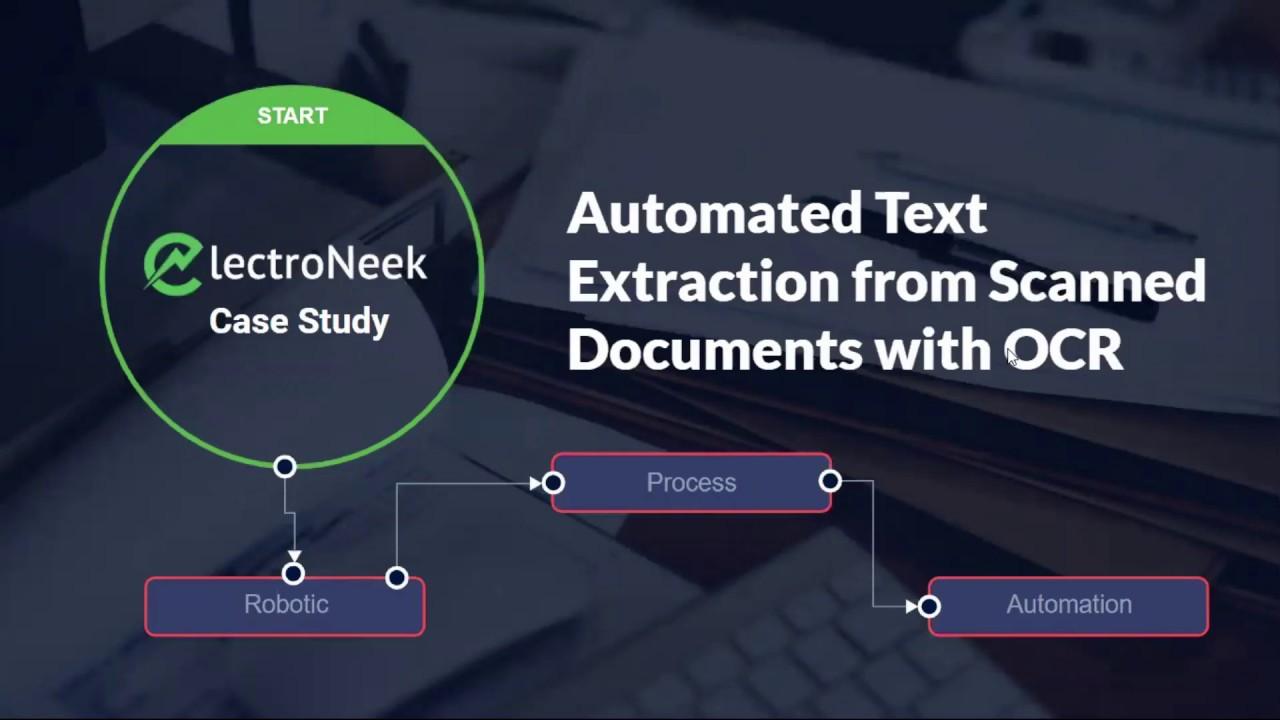There’s a golden rule of automation that goes like this: “If you have to do it on a recurring basis, if it's a rule-based task that has a finite list of instructions, if it has something to do with data processing, it can and should be automated”.
Luckily, a handful of tasks are perfect candidates for RPA in finance.
This article will be interesting for business leaders in charge of the finance function in their companies and will focus on practical use cases of RPA in finance and accounting.
What is Robotic Process Automation?
Robotic process automation (RPA) in finance provides the department with a clear path to meeting rigorous business demands for enhanced efficiency, better value offerings, and cost reduction.
Robotic process automation (RPA) is a type of technology that uses “software (ro)bots” to automate repetitive tasks employees do on a regular basis, but execute these tasks much faster. For the sake of this article, we will use the term “software robots” to refer to RPA tools.
Bots imitate employee’s actions in desktop and web applications, letting your finances being under control 24/7. Below you can see, as an example, automated text extraction executed by ElectroNeek RPA:

Robots do it better
Robotic Process Automation isn’t new, companies have been implementing it into their business processes for decades and reaping the benefits that followed suit. Gartner, a leading research company, has named ElectroNeek as a Top global Robotic Process Automation (RPA) vendor, in their study estimates that robotic process automation in finance and accounting can save 25,000 hours a year, the time that can be used for data analysis, that will undoubtedly remain a human activity.
Surely RPA software robots can provide support by harvesting data and, as a result, augmenting our ability to analyze, but they can't think for us.
Finance process automation is so appealing for the same reason as in any other function: software bots execute tasks faster, cheaper, and better. While accuracy is important in any sphere, the entire company will be in the red if its finance department lacks in precision, as financial mistakes are particularly costly and can potentially have serious legal repercussions.
Below we will discuss 4 areas bots can take off your finance department’s shoulders:
- P&L preparation
- Bank statement reconciliation
- General ledger updates
- Verification & Fraud Detection
P&L preparation
Remember the golden rule of automation? “If it’s a recurring task, rule-based, and has to deal with data, it should be automated”. This applies to the preparation of various reports, including, but not limited to Profit and Loss Statements (P&L).
To this day there are certain companies that prepare P&Ls daily to track risk exposures. These companies use legacy tools, Excel spreadsheets, and rely heavily on manual effort to prepare these reports.
RPA can increase the accuracy of reports to a staggering 100%, while at the same time reducing the time needed to prepare these daily reports by threefold.
Bank statement reconciliation
Bank reconciliation is a process that involves checking the bank balance from its accounting records with the balance from the actual bank statement. Bank reconciliation is done at regular intervals for all bank accounts, to ensure that a company's records are accurate, making this process another viable candidate for automation.
Extracting data from bank statements to reconcile records with internal company records doesn’t have to be done manually. It is yet another rule-based task an RPA bot could take upon itself.
Note: If you change banks, do not forget to update the instructions for the bot.
General ledger updates
General ledger needs to be continuously updated with the most up-to-date financial data regarding the company’s revenues, expenses, assets, and liabilities. Typically, this information is procured from legacy systems and then reviewed by financial analysts. If done manually, this process is very time-consuming. To save time and minimize financial errors due to a human factor, companies use RPA bots. RPA is a great tool for integrating with legacy systems.
Verification & Fraud Detection
With legislation becoming increasingly more difficult to maneuver, the financial department constantly needs to ramp up to keep up with the compliance regulations and anti-money laundering laws. By manually conducting KYC operations, the companies are wasting their most valuable resource - their highly skills employees’ time to comb through both internal and external systems. RPA could prepare a profile in a minute and a half.
On top of that, external companies will eventually feel dissatisfied if it’s taking too long to verify all their information. RPA bots do it faster: RPA bots go through both internal records i.e., transaction history, as well as social media, news, and external databases on people involved with politicians and their inner circle to assess the potential risk of money laundering.
Automation of finance: reorganize your team's priorities
In this article, we have taken a look at 4 areas of finance process automation that RPA could facilitate. Rule-based processes like the ones mentioned in this article are perfect candidates for automation. If you can give out detailed, logical instructions to your junior financial analyst, chances are RPA bots can do it too, and save time for analytical tasks that humans can do. Robotic process automation is gaining traction in financial departments of not only large corporations but in small and medium businesses as well.
By Implementing RPA into your business, you will not only cut operational costs and reorganize the priorities of your employees, but as a bonus, you will get a simplified document workflow with increased accuracy.
